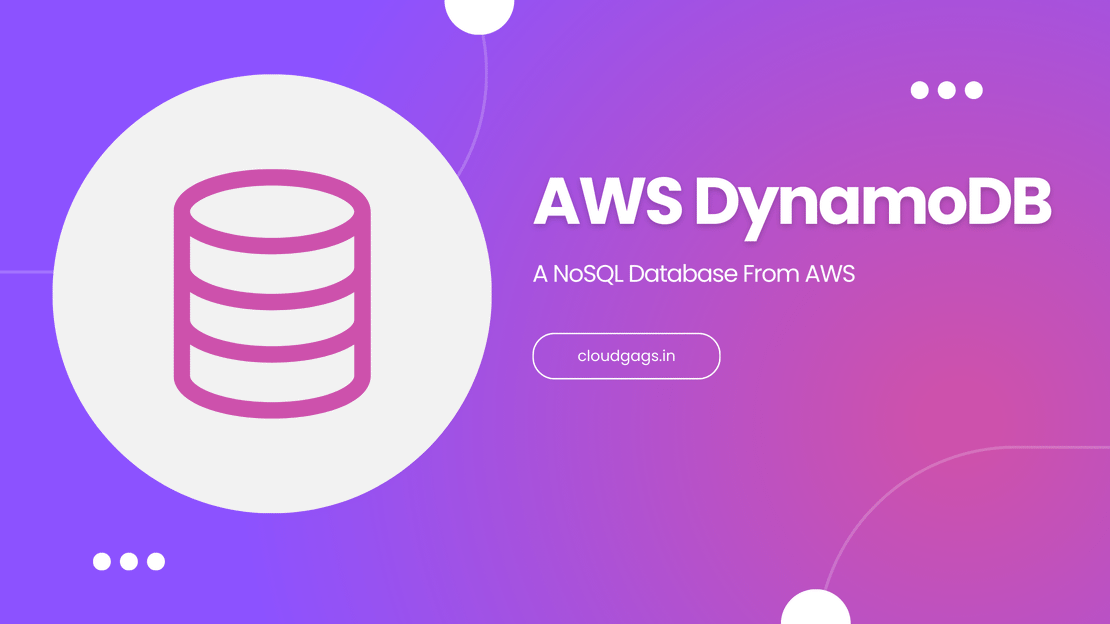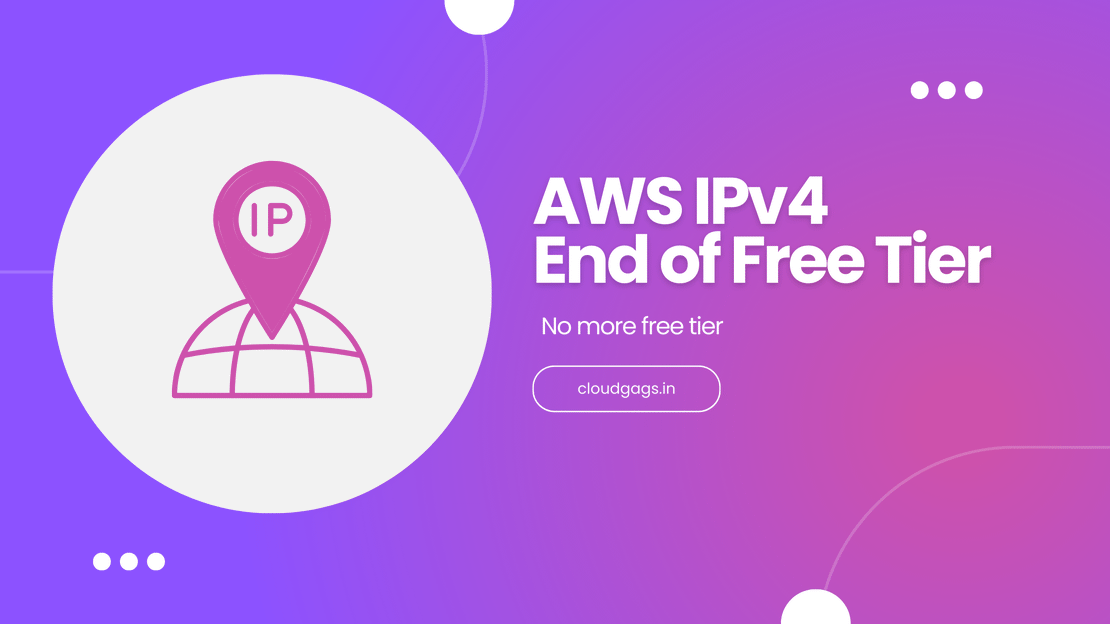
Understanding CloudFront Functions: A Comprehensive Guide
Introduction AWS CloudFront functions as a content delivery network, mitigating network latency between users and the origin server to efficiently serve media.

In the rapidly evolving world of cloud computing, Amazon Web Services (AWS) offers a plethora of tools designed to help businesses scale and manage their applications efficiently. Two of these powerful tools are DynamoDB and AWS Lambda. Whether you’re new to cloud computing or looking to optimize your existing architecture, understanding these services is crucial.
This blog will provide a concise introduction to DynamoDB and AWS Lambda, explaining their core functionalities and how they can be integrated for seamless, serverless applications.
Amazon DynamoDB is a fully managed NoSQL database service that provides fast and predictable performance with seamless scalability. Here are some key features.
AWS Lambda is a serverless compute service that lets you run code without provisioning or managing servers. Here are some notable features.
Integrating DynamoDB with AWS Lambda can create powerful serverless applications. Here’s a simple example of how they can work together:
Imagine you have an e-commerce application. When a new order is placed, it’s added to a DynamoDB table. DynamoDB Streams capture this event and trigger a Lambda function that processes the order – perhaps updating inventory, sending a confirmation email, and logging the transaction.
Combining DynamoDB and AWS Lambda offers a robust, scalable, and cost-effective solution for modern application development. DynamoDB provides the reliable and high-performance database backend, while AWS Lambda enables you to run code in response to data changes without the overhead of managing servers.
By leveraging these AWS services, you can build responsive, event-driven applications that scale seamlessly with your business needs. Start exploring DynamoDB and AWS Lambda today, and unlock the full potential of serverless computing.
For more information, check out the official DynamoDB documentation and AWS Lambda documentation.

Introduction AWS CloudFront functions as a content delivery network, mitigating network latency between users and the origin server to efficiently serve media.

Introduction Free IPv4 on AWS is no longer free. Yes, you heard it right. AWS has officially announced that starting from February 1, 2024, there will be charges for using IPv4 addresses on the AWS cloud.